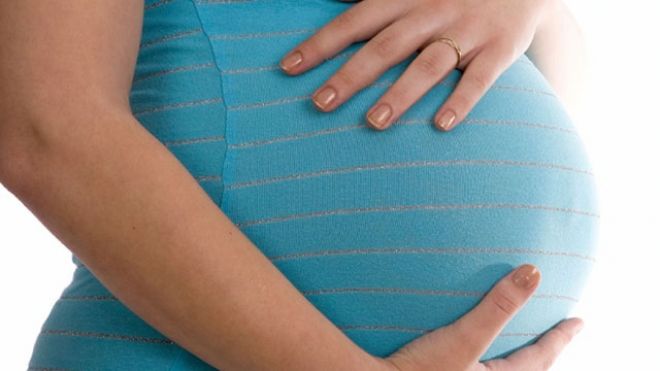Plastic commonly used in food manufacturing can make your baby prone to obesity before they’re even born
08/30/2016 / By Greg White

Plastic isn’t fantastic. According to a recent study, published online in Environmental Health Perspectives, exposure to Bisphenol A (BPA), a common chemical found in plastic bottles, during pregnancy can increase the risk of obesity in children.
BPA is one of the most commonly used products found in everyday goods, including plastic water bottles, metals and thermal receipt paper. A host of health problems have been associated with BPA, including asthma, premature puberty in girls, heart disease and diabetes. However, the recent study was the first to unearth a link between fetal exposure to Bisphenol-A (BPA) and body fat in children at age seven.
“This study provides evidence that prenatal exposure to BPA may contribute to developmental origins of obesity as determined by measures of body fat in children as opposed to the traditional indicator of body mass index, which only considers height and weight,” said lead author of the study Lori Hoepner, an assistant professor in the Department of Environmental and Occupational Health Sciences at SUNY Downstate Medical Center, in a press release.
The team reviewed urine samples and children body sizes of approximately 369 mother-child pairs in New York City. BPA exposure was dictated by measuring concentrations of total BPA and its metabolites in urine concentrations during the third trimester of pregnancy and from children at ages three and five.
BPA and obesity
The researchers also measured the height and weight of children at age five and seven. In addition, the mothers in the study were asked to provide the waste circumference and fat mass of their children at age seven.
The team found that approximately 94 percent of women in the study had BPA in their urine. After taking various socioeconomic and environmental factors into consideration, the researchers found a positive correlation between prenatal BPA exposure and fat mass index, a measure of body fat based on height, weight and and waist circumference in children at age seven. In particular, the results showed children exposed to high concentrations of BPA had higher levels of adiposi, or the state of being fat.
“The evidence that prenatal BPA exposure is associated with measures of obesity in children may be an important underlying factor in the obesity epidemic,” noted senior author Andrew Rundle, associate professor of Epidemiology, in a press statement. “Endocrine disrupting chemicals like BPA may alter the baby’s metabolism and how fat cells are formed early in life.”
The researchers suspect BPA is an endocrine-disruptor that could “alter the baby’s metabolism and how fat cells are formed early in life.”
To minimize exposure to BPA, the National Institute of Environmental Health Sciences advises to refrain from plastic containers numbers 3 and 7, consume fresh or frozen foods instead of canned foods and to use glass, porcelain or stainless steel containers, particularly for hot food and liquids.
Make sure to eat the right food, and avoid the chemicals. Visit FoodForensics.com for more information.
Sources include:
Tagged Under: babies, BPA, endocrine disrupters, obesity, plastic bottles, pregnancy
RECENT NEWS & ARTICLES
COPYRIGHT © 2017 TWISTED.NEWS
All content posted on this site is protected under Free Speech. Twisted.news is not responsible for content written by contributing authors. The information on this site is provided for educational and entertainment purposes only. It is not intended as a substitute for professional advice of any kind. Twisted.news assumes no responsibility for the use or misuse of this material. All trademarks, registered trademarks and service marks mentioned on this site are the property of their respective owners.




















